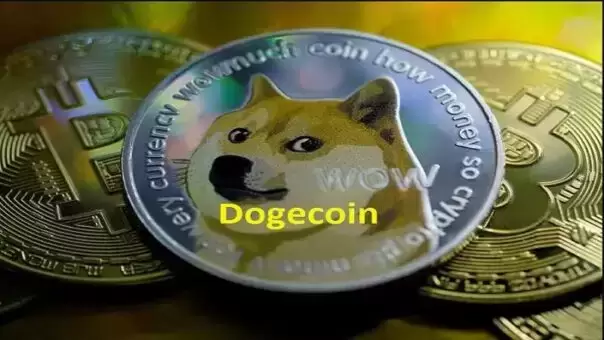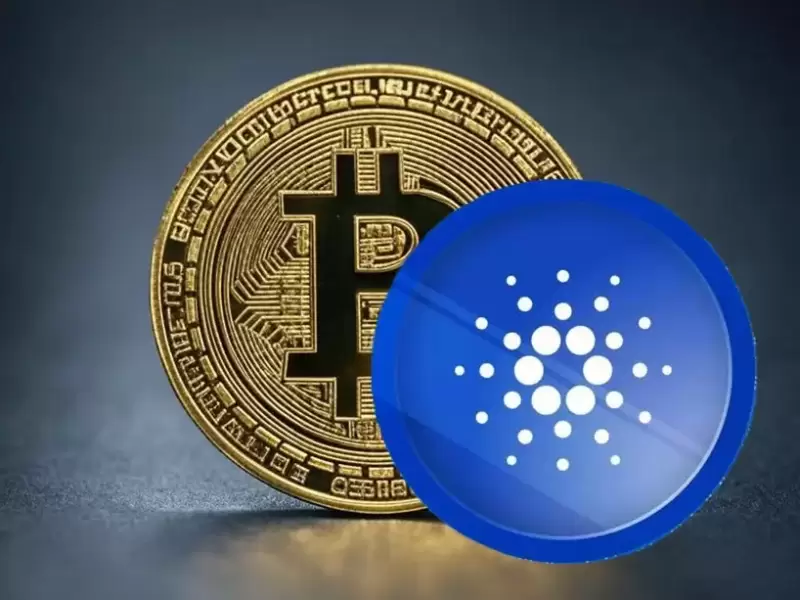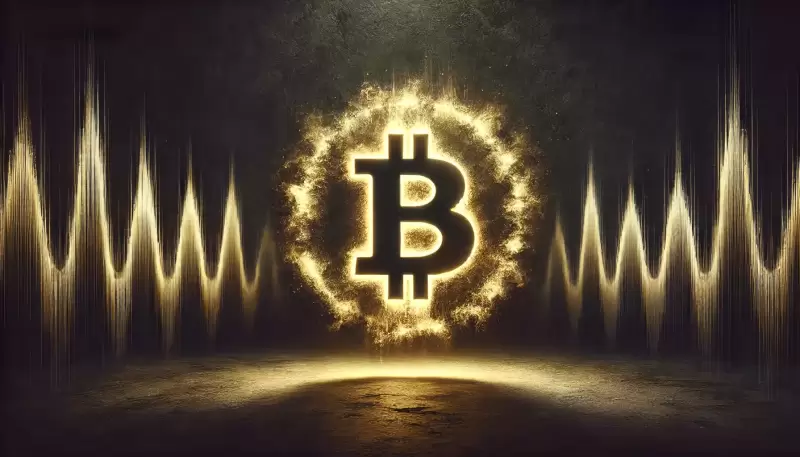 |
|
 |
|
 |
|
 |
|
 |
|
 |
|
 |
|
 |
|
 |
|
 |
|
 |
|
 |
|
 |
|
 |
|
 |
|
Cryptocurrency News Articles
The Open, Reliable, and Secure Internet That Traditional Systems Promised
Mar 28, 2025 at 09:00 pm
Despite the benefits, blockchain and other DLTs still face a major challenge: they're not good at communicating with each other.

The open, reliable, and secure internet that traditional systems promised is still not fully realized. However, distributed ledger technologies (DLTs), like blockchain, offer a way to finally achieve the internet’s original goal of becoming a truly decentralized network. These technologies have already started changing industries like finance and healthcare, showing their broad potential.
Despite the benefits, blockchain and other DLTs still face a major challenge: they’re not good at communicating with each other. Most decentralized applications currently run on a single blockchain because it’s difficult to make them work smoothly across different systems.
The Quant Network is working to solve this issue with a technology called Overledger. Overledger is an operating system designed to help blockchains communicate easily with each other. By doing this, it allows decentralized apps to operate seamlessly across multiple blockchains, making them more useful and flexible. Gilbert Verdian founded Quant Network in 2015 to make global information sharing more efficient. Quant created the Overledger DLT Gateway—also known as Enterprise 5—which allows different blockchains, such as Bitcoin, Ethereum, Hyperledger Fabric, R3 Corda, and BNB Chain, to easily communicate with one another. In this article, we’ll explore Quant price prediction with in-depth technical analysis and its future market sentiment.
Quant: A Quick Introduction
Gilbert Verdian founded Quant Network in 2015. In April 2018, the project successfully raised over $11 million through an initial coin offering (ICO).
Gilbert Verdian, CEO of Quant, is also Chair of the UK’s Blockchain and Distributed Ledger Technology committee. Additionally, he is involved with the EU Blockchain Observatory and has a role with the Federal Reserve.
Today, many organizations use blockchain networks built with different coding languages and development tools. These technical differences can make it difficult to transfer data between blockchains or connect them effectively. Quant’s solution, Overledger, is designed specifically to solve this problem by enabling easy communication between different blockchain platforms.
Current Quant Price Sentiment All About QNT Crypto
The Quant Network uses its own cryptocurrency called QNT, an ERC-20 token originally built on Ethereum. Despite its Ethereum origin, QNT tokens are blockchain-agnostic, meaning they can easily move to other blockchain networks if needed. The token is classified by the Swiss Financial Market Supervisory Authority (FINMA) as a utility token, providing users with digital access to applications or services.
Developers need QNT tokens to build and operate applications on the Overledger platform. When developers buy licenses to use Quant’s services, they pay in regular fiat currency. The Quant Treasury then converts this fiat money into QNT tokens. This approach allows businesses to remain compliant without directly interacting with cryptocurrency exchanges.
Additionally, to perform read-and-write operations on Overledger, payments are also required in QNT tokens. These payments are priced in fiat currency, but again, the Quant Treasury handles converting fiat into QNT. Developers who monetize their applications can choose to charge subscriptions in QNT, fiat currency, or other digital currencies.
Finally, end users who want to access multiple decentralized applications (mDApps) within the Overledger ecosystem must also hold QNT tokens. For example, users are required to have QNT tokens to renew their annual license keys.
Quant: How Does It Work?
The Quant Network aims to solve the problem of blockchain interoperability using Overledger, an API gateway that connects multiple distributed ledger technologies (DLTs). An API (Application Programming Interface) is simply a tool that allows different computer programs to communicate with each other.
Overledger enables developers to build multi-chain decentralized applications, known as mDApps, which can operate seamlessly across several popular blockchains. To achieve this, Overledger is designed with four distinct layers:
Transaction Layer
This is where transactions confirmed by various blockchains are stored separately. Each ledger’s validated transactions are kept here, preventing duplicated confirmations on other chains. By grouping similar transactions in one place, Overledger simplifies the consensus process across different blockchain networks.
Messaging Layer
Unlike the Transaction Layer, where each blockchain maintains separate transaction records, the Messaging Layer serves as a shared communication channel. It gathers and standardizes transaction data from all individual ledgers—including details from smart contracts and message digests—into a common format. The Transaction Layer itself does not have visibility into this Messaging Layer, as transaction details are encapsulated, allowing seamless integration of data from various blockchains.
Filtering and Ordering Layer
This layer processes messages collected by the Messaging Layer, organizing and filtering them according to specific rules. It checks whether messages meet particular criteria set by applications, such as transferring a certain number of tokens or transactions involving specific blockchain addresses. Only messages that match these conditions move forward to the next layer.
Application Layer
This topmost layer manages interactions across all underlying layers. It defines rules and guidelines that mDApps use to communicate with blockchains and other applications. Each application running on Overledger
Disclaimer:info@kdj.com
The information provided is not trading advice. kdj.com does not assume any responsibility for any investments made based on the information provided in this article. Cryptocurrencies are highly volatile and it is highly recommended that you invest with caution after thorough research!
If you believe that the content used on this website infringes your copyright, please contact us immediately (info@kdj.com) and we will delete it promptly.
-

-

-

-

- A notable investor in the Pepe ($PEPE) coin has made a significant move, selling off a substantial portion of their holdings.
- Mar 31, 2025 at 05:40 pm
- This move marks the second major sale of their $PEPE stash, with the initial wallet having acquired 1.5 trillion $PEPE tokens in the early days of the meme coin's rise.
-

-

- Bitcoin Falls 2%, Ethereum Drops Below $1,800; Why Is Crypto Market In A Bearish Phase?
- Mar 31, 2025 at 05:35 pm
- Bitcoin fell 2% to below $82,000, while Ethereum dropped 13% to $1,801 in the last week. The crypto market faces bearish pressure, with significant losses in altcoins like Avalanche and Polygon.
-

- MARA Holdings Inc. plans to offer $200M worth of its stock to fund additional Bitcoin purchases.
- Mar 31, 2025 at 05:30 pm
- In a March 28 Form 8-K filing with the Securities and Exchange Commission, the Florida-based Bitcoin miner disclosed that it’s teaming up with several major investment firms to sell shares “from time to time” under a new at-the-market offering.
-

-




























































